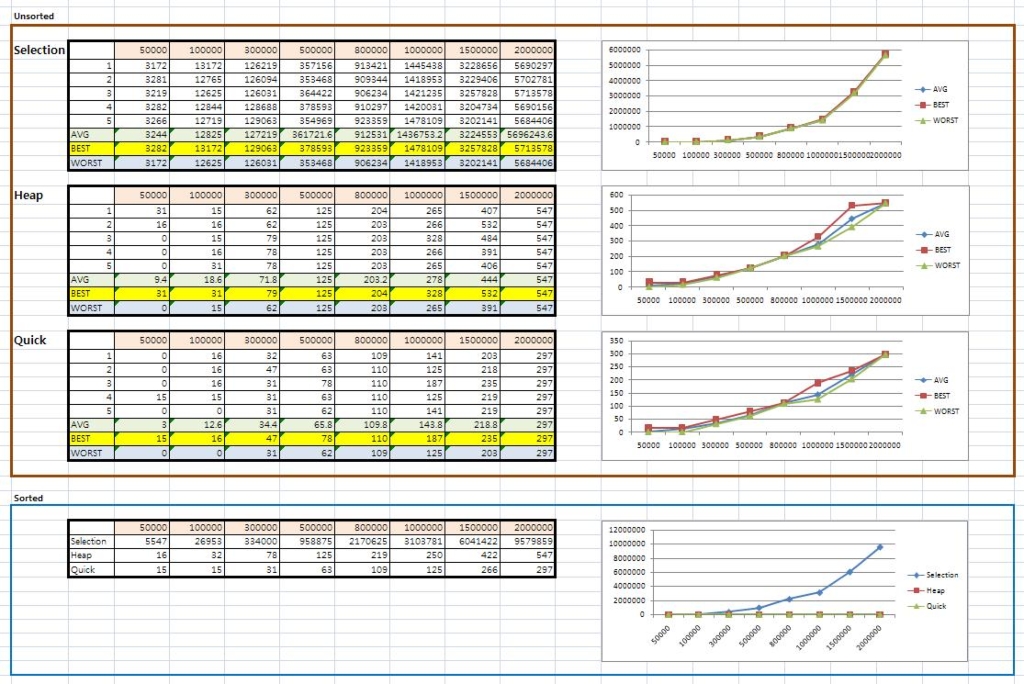Click 문제 바로 가기 : JUNGOL 문제 : 배낭채우기2 (1278) 제한시간 1Sec 메모리제한 64mb 입력 형식 : 입력의 첫 줄은 보석의 개수 N(1≤N≤1,000)과 배낭의 용량 W(1≤W≤10,000)가 주어진다.둘째 줄부터 N+1줄에는 각 보석의 무게 Wi(1≤Wi≤W)와 값어치 Pi가 주어진다. (단, 보석은 각 종류별로 1개씩이다.) 출력 형식 : 출력은 보석의 무게와 값어치가 주어질 때 총 무게가 W를 넘지 않으면서 보석의 총 값어치가 최대가 되는 최대값을 출력한다. 입력 예 출력 예 4 16 90 2 40 5 30 10 50 5 10
